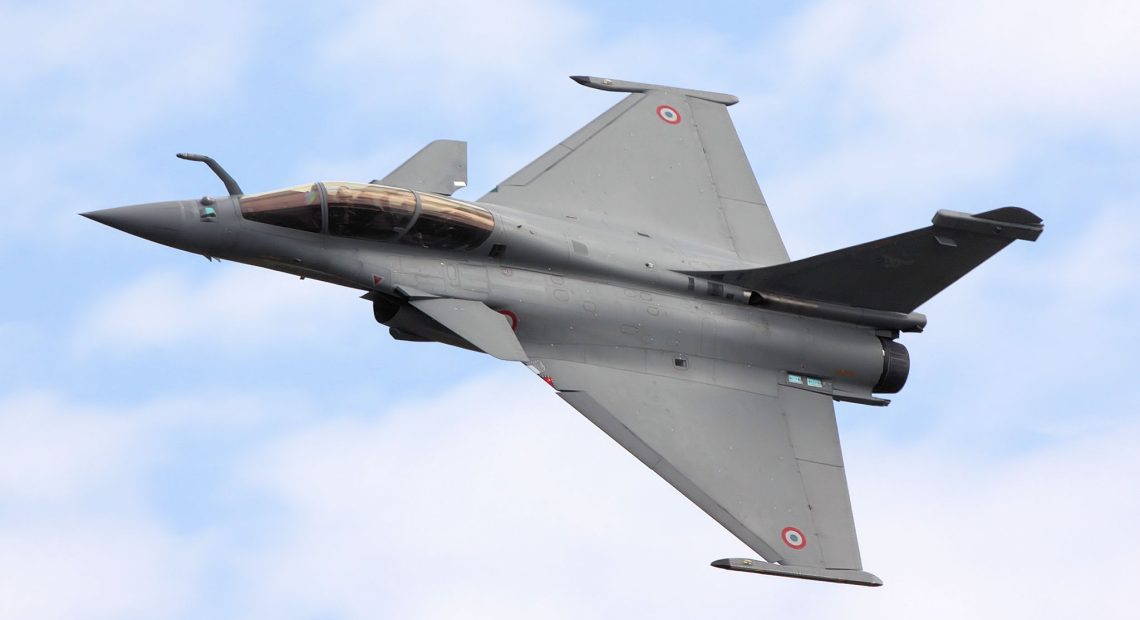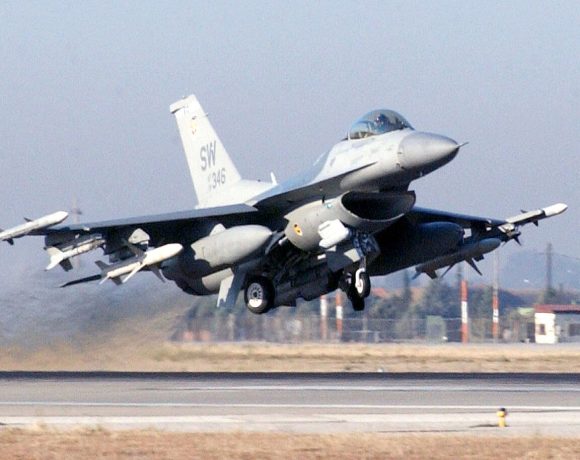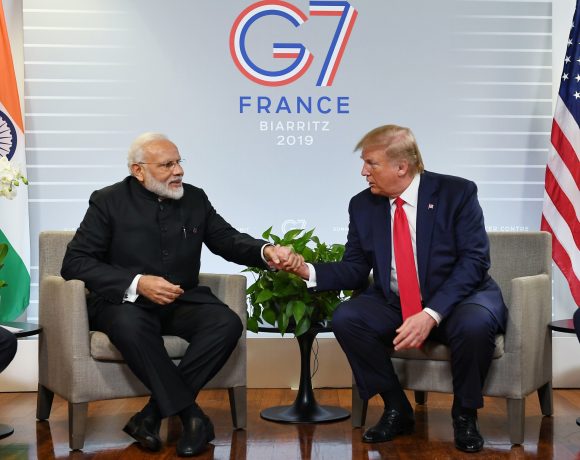
India, France to Sign Mega Rafale Marine Fighter Jets Deal
India and France are set to sign a landmark ₹63,000 crore defense deal today for the acquisition of 26 Rafale Marine fighter jets, a move poised to significantly enhance the Indian Navy’s operational prowess. The new fighters are intended to strengthen the air power capabilities of India’s premier aircraft carriers, INS Vikrant and INS Vikramaditya.
Rafale Marine Deal Strengthens Naval Aviation
The agreement covers the procurement of 22 single-seater Rafale-M jets and four twin-seater trainer variants. Deliveries are expected to begin by late 2029, with the full squadron anticipated to be operational by 2031. This acquisition is seen as a crucial interim measure until India’s indigenous Twin-Engine Deck-Based Fighter (TEDBF) program matures and becomes fully deployable.
The Rafale-M, a naval version of the highly successful Dassault Rafale, brings with it a reputation for combat versatility, advanced avionics, and operational adaptability, especially suited for aircraft carrier operations in demanding maritime environments.
India France Defense Ties Reach New Heights
Beyond immediate operational gains, the Rafale Marine deal reflects the growing strategic partnership between India and France. Defense cooperation between the two nations has steadily expanded in recent years, marked by increased joint exercises, technology transfers, and mutual commitment to regional stability in the Indo-Pacific.
The upcoming signing ceremony is set to be a high-profile event, attended by senior defense officials and military leadership from both sides, symbolizing the deep trust and collaborative spirit that characterizes India-France relations today.
Indian Navy Aircraft Fleet Boosts Indigenous Focus
In line with India’s ‘Atmanirbhar Bharat’ (self-reliant India) mission, the deal incorporates plans for integrating indigenous systems into the Rafale-M platforms. The Indian Navy intends to equip the fighters with the homegrown Astra air-to-air missile and the Uttam Active Electronically Scanned Array (AESA) radar, enhancing both self-reliance and tactical flexibility.
This integration of indigenous weaponry will not only reduce dependency on foreign systems but also allow customization of the aircraft to better suit Indian operational doctrines. The indigenous additions aim to future-proof the Rafale Marine fleet against emerging regional threats and technological advancements.
The agreement is seen as a clear signal of India’s intent to strengthen its maritime security architecture, ensuring robust air dominance in an increasingly contested Indo-Pacific theatre.


















